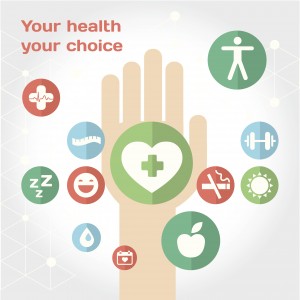It’s the final few weeks before our major Epic go live at the University of Vermont Health Network on November 1st. Yes, we have some parts of the project still in yellow or red status as of our 30 day Go Live  Readiness Assessment (GLRA). But the majority are green (on track) or blue (complete). I’m seeing many best practices that have us on a path towards success. Individual and team behaviors and practices that are worth sharing:
Readiness Assessment (GLRA). But the majority are green (on track) or blue (complete). I’m seeing many best practices that have us on a path towards success. Individual and team behaviors and practices that are worth sharing:
Flexibility – On any given day, you don’t know what issues you might need to deal with or what meeting you’ll have to add to your calendar. Be willing to adjust as needed throughout the day and know what can wait for another day.
Raising issues – Don’t be afraid to raise issues that need resolution. Don’t assume someone else has more time or knowledge to handle the issue – be willing to take ownership if you can.
Utility players – You need generalists who can be put into a variety of situations to temporarily help. If you are one of these people, don’t hesitate to raise your hand when you see gaps.
Step up and lead – Leadership takes many forms. Even if you may feel unready, don’t be afraid to step in and fill a leadership gap if needed.
Cross coverage – Being dependent on one person’s knowledge and skills can create delays when that person is unexpectedly unavailable. Knowing who you can hand off to and having confidence in that person stepping in is critical to projects staying on schedule. Continue reading









